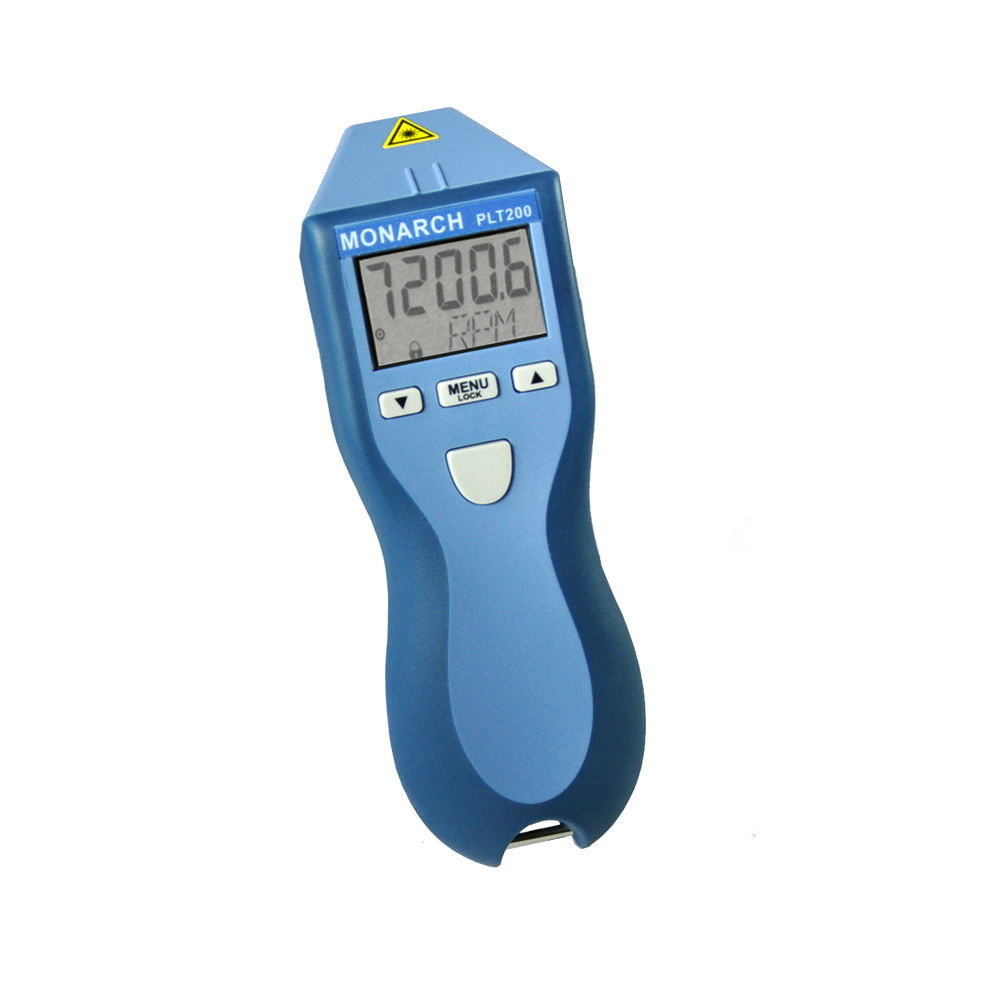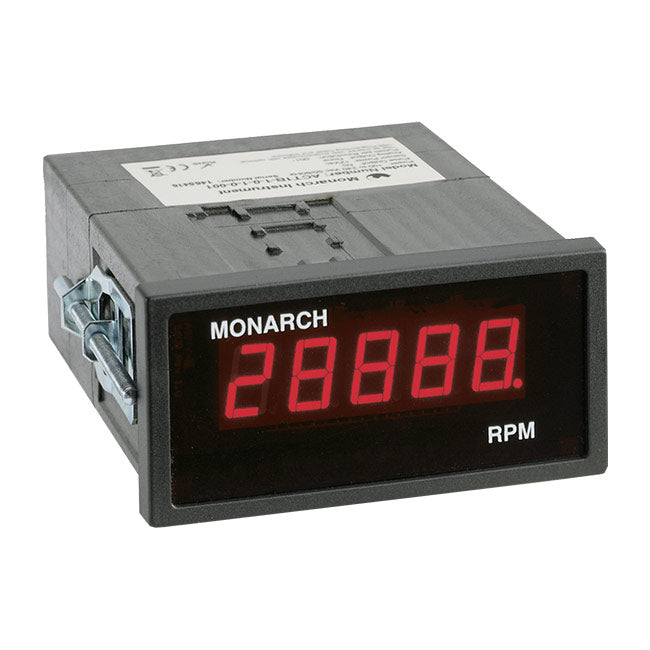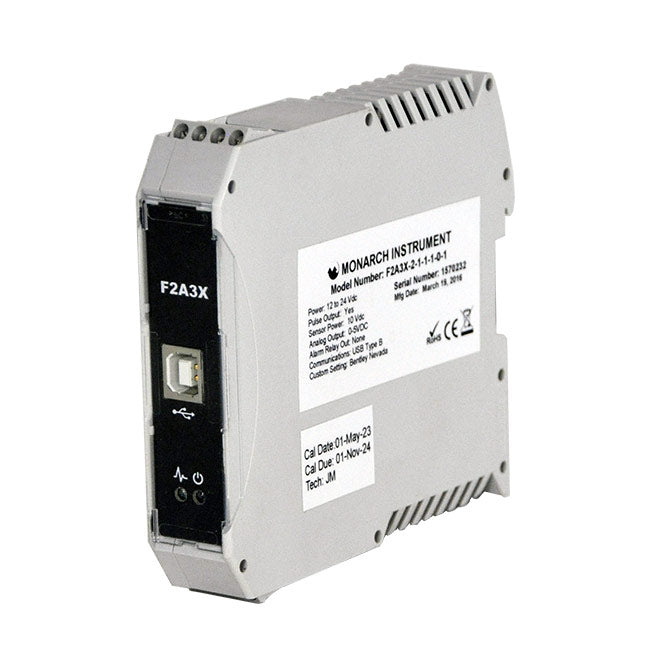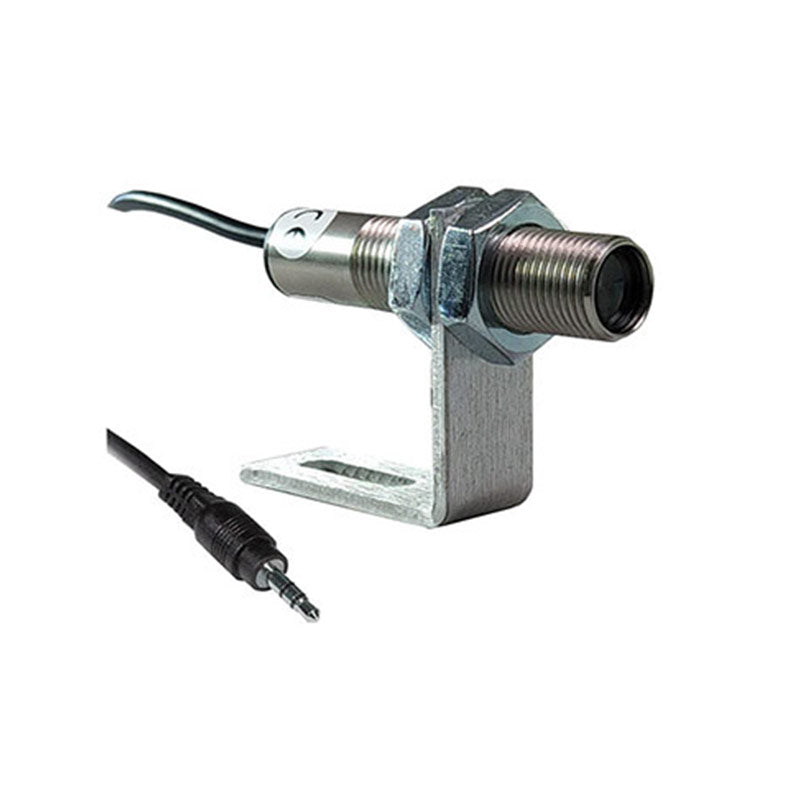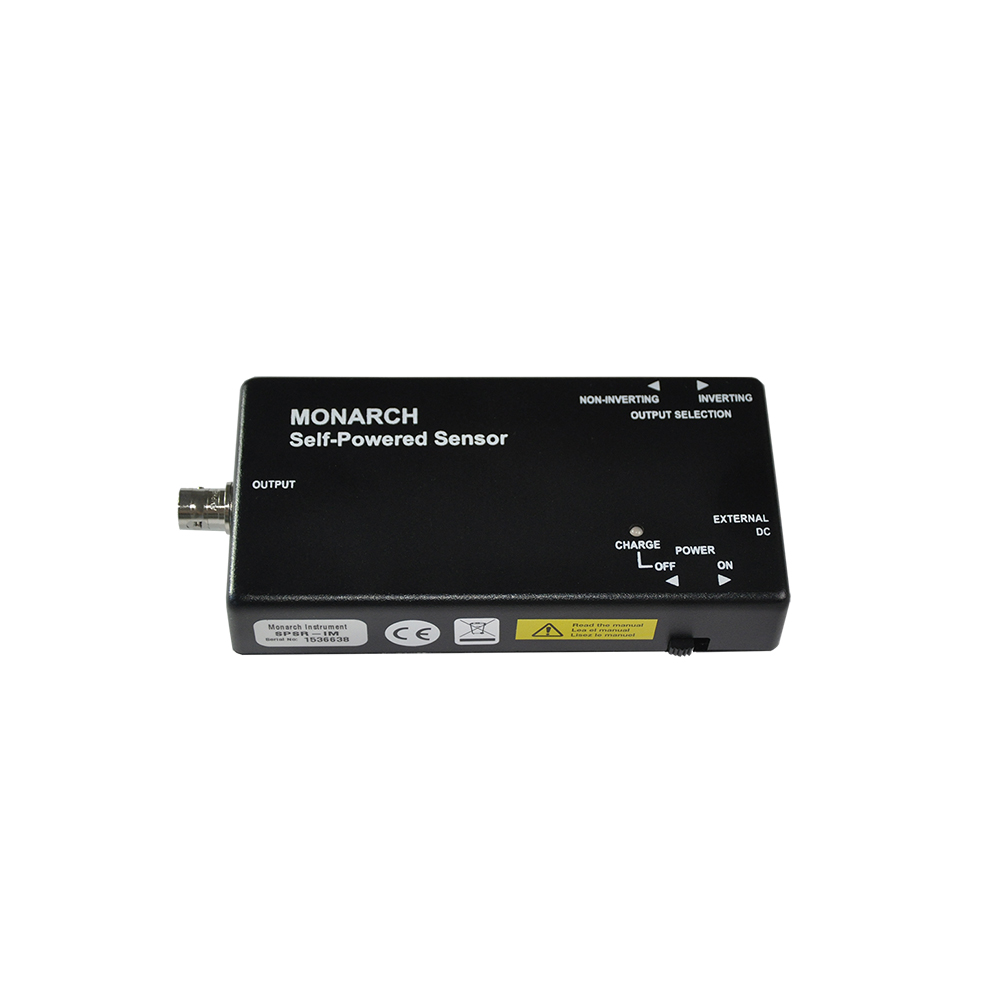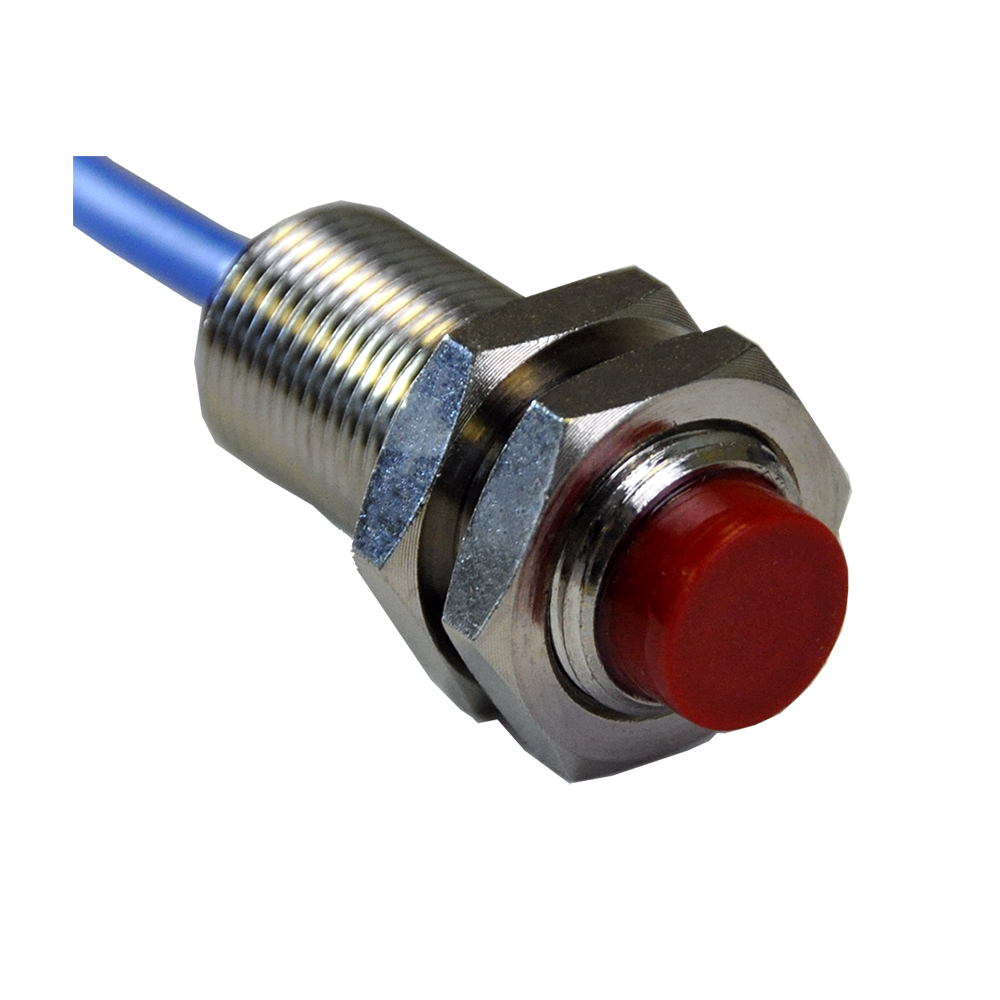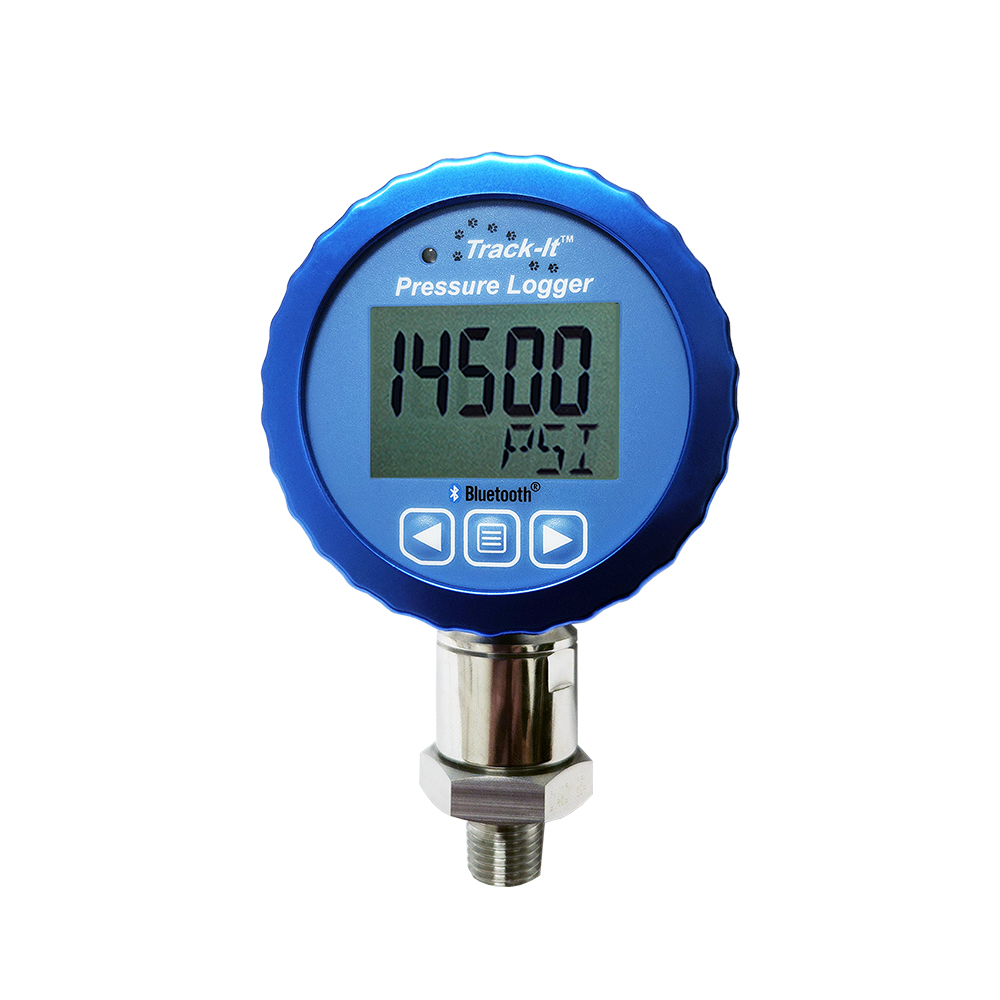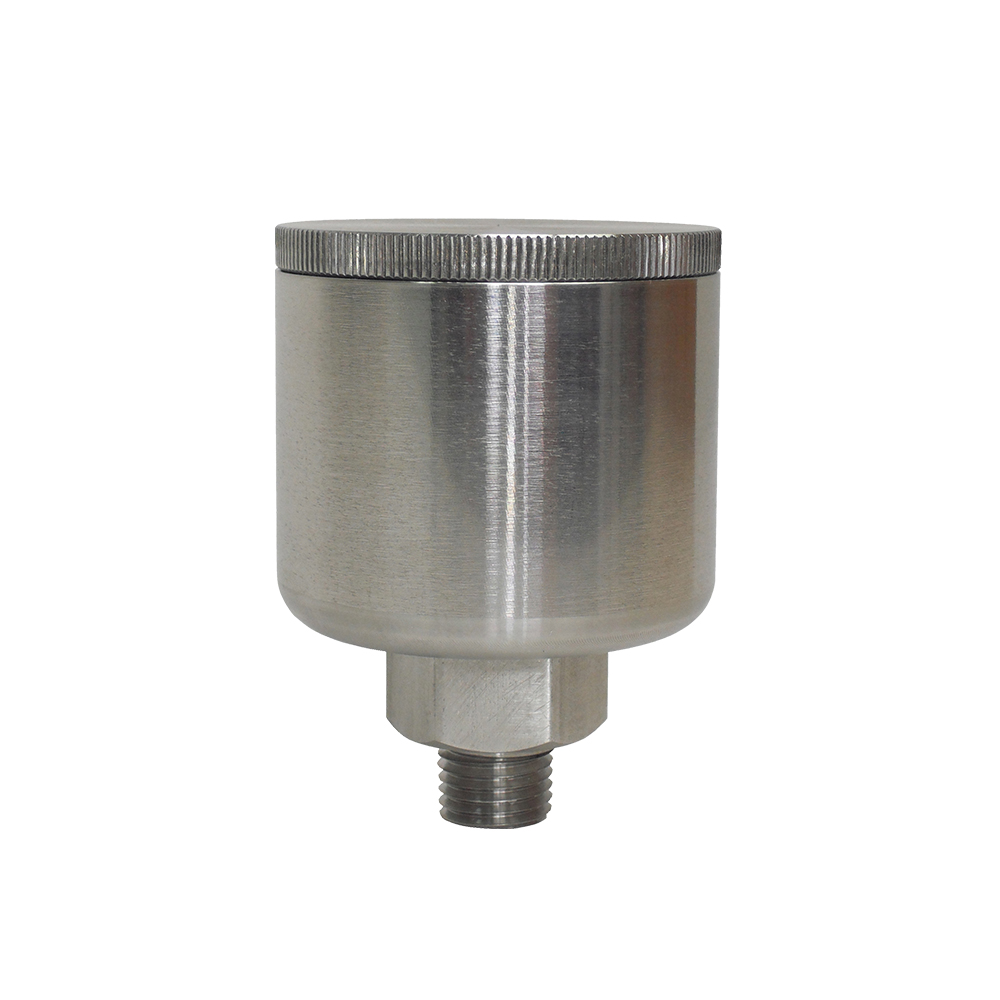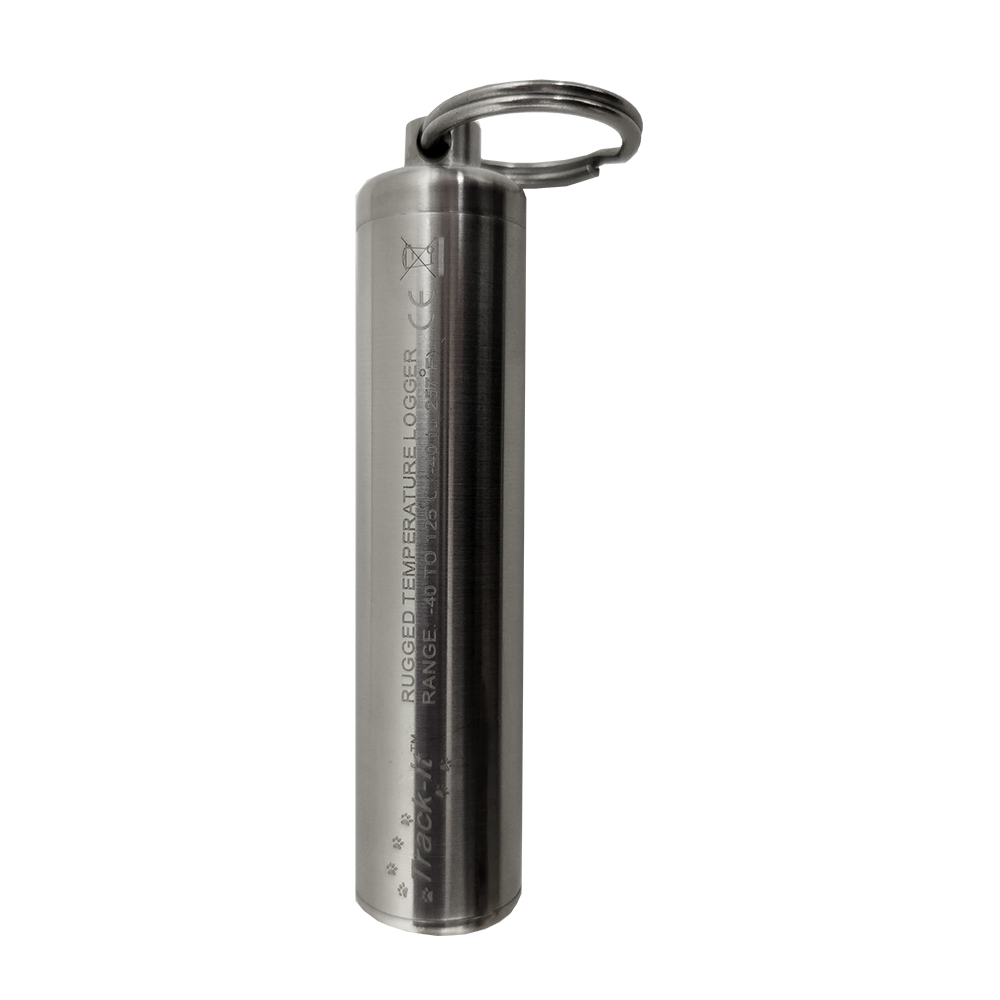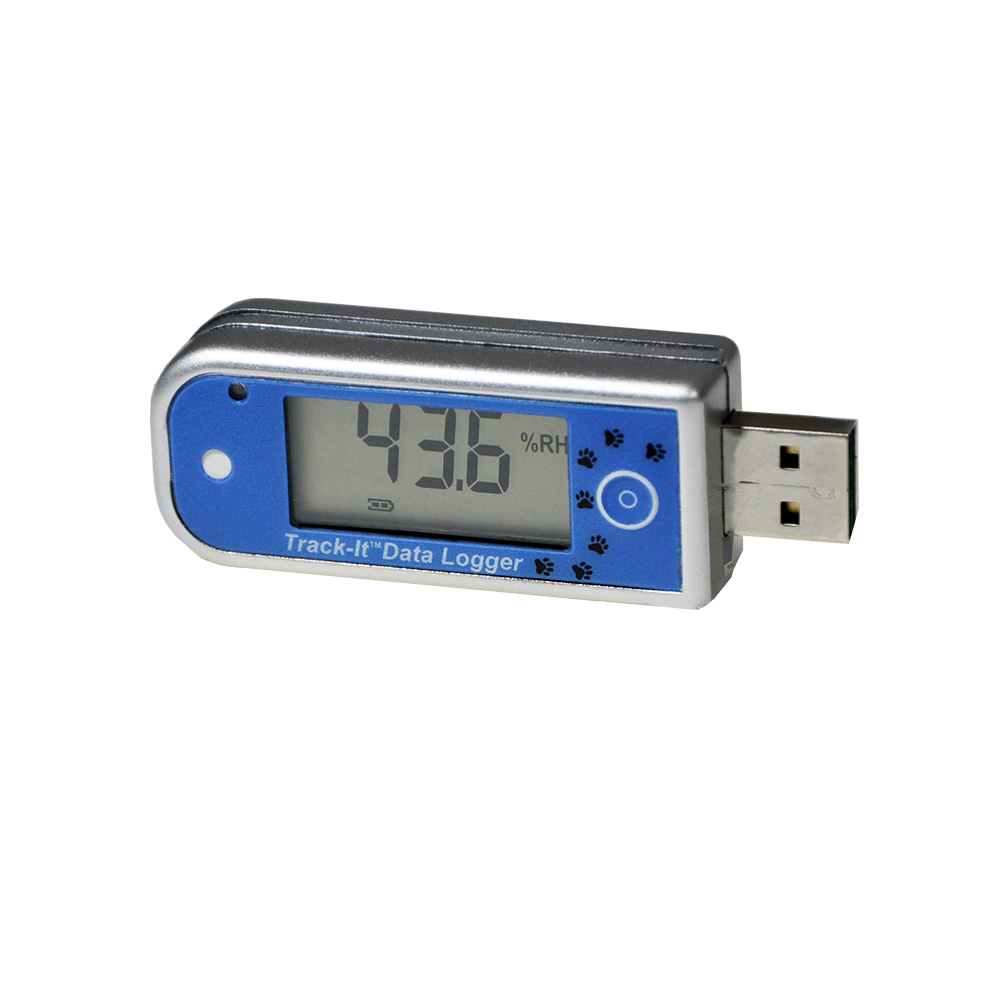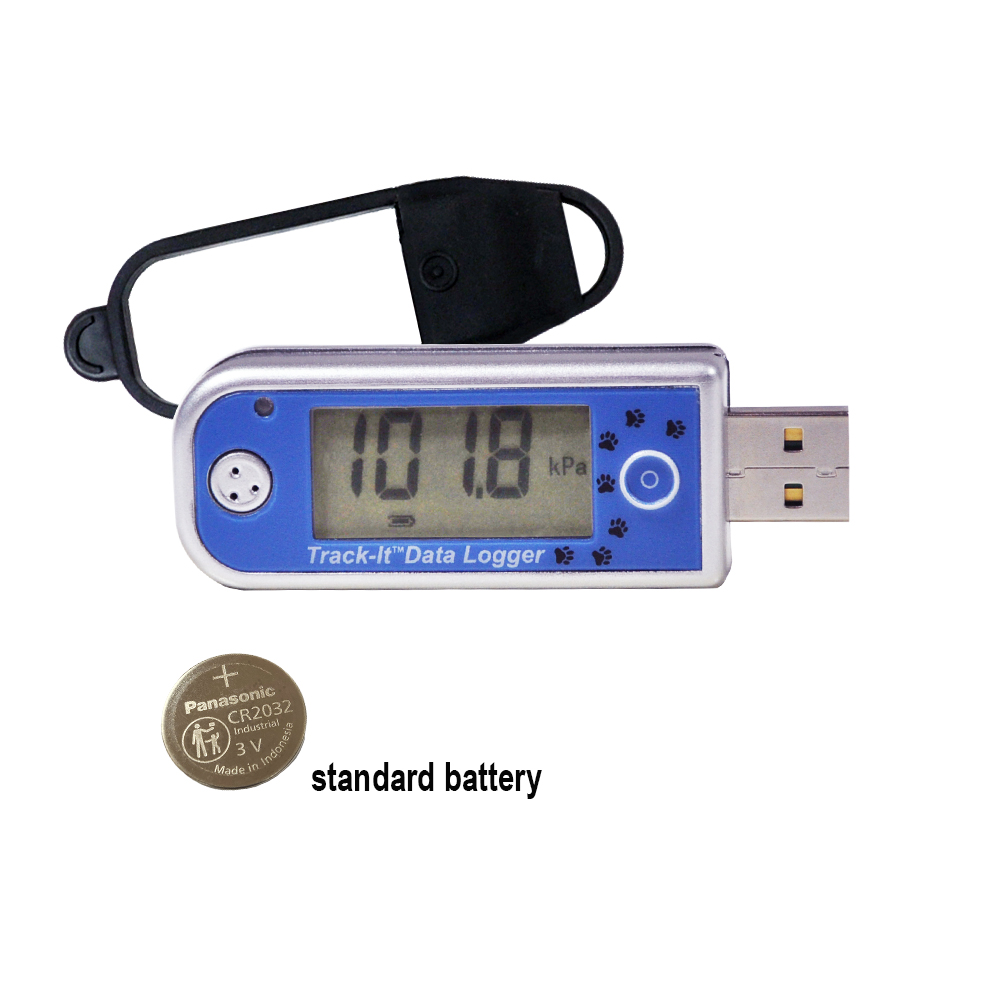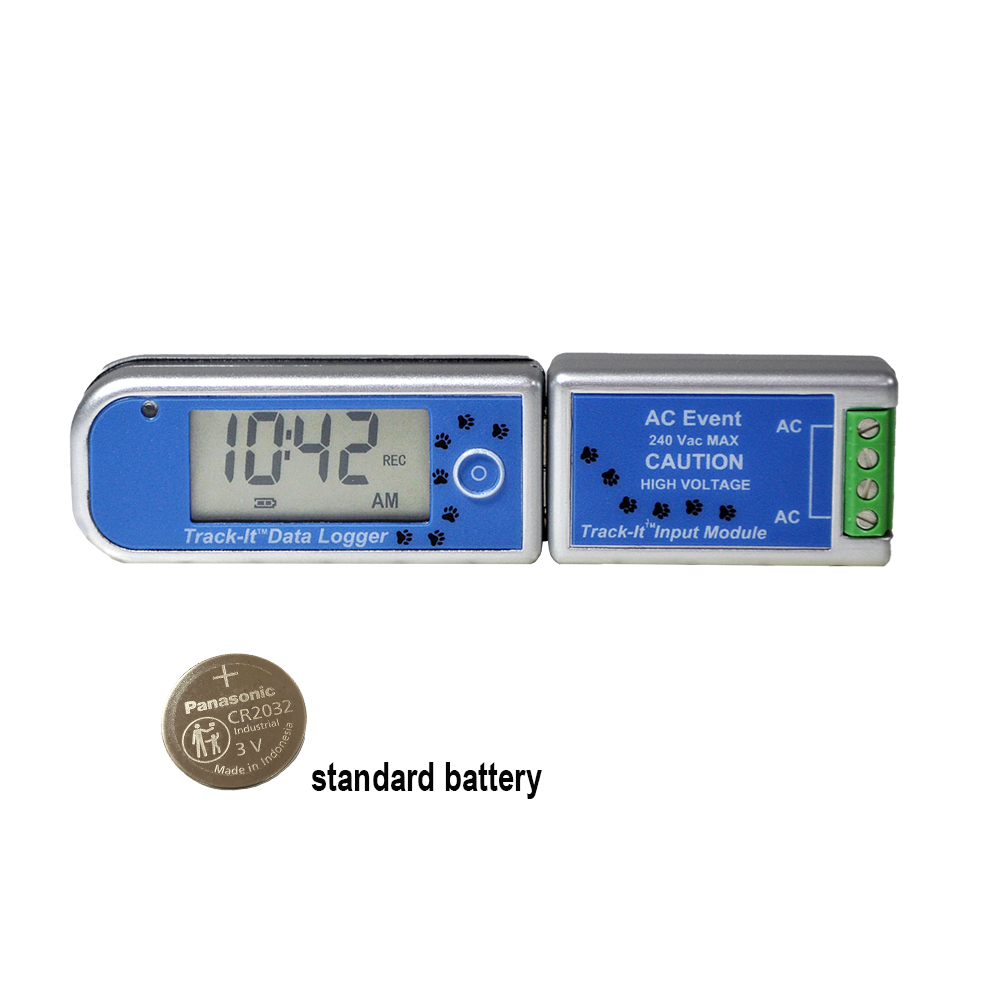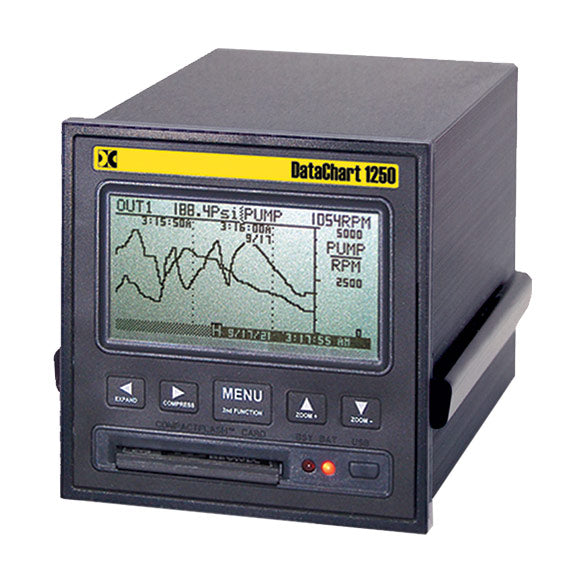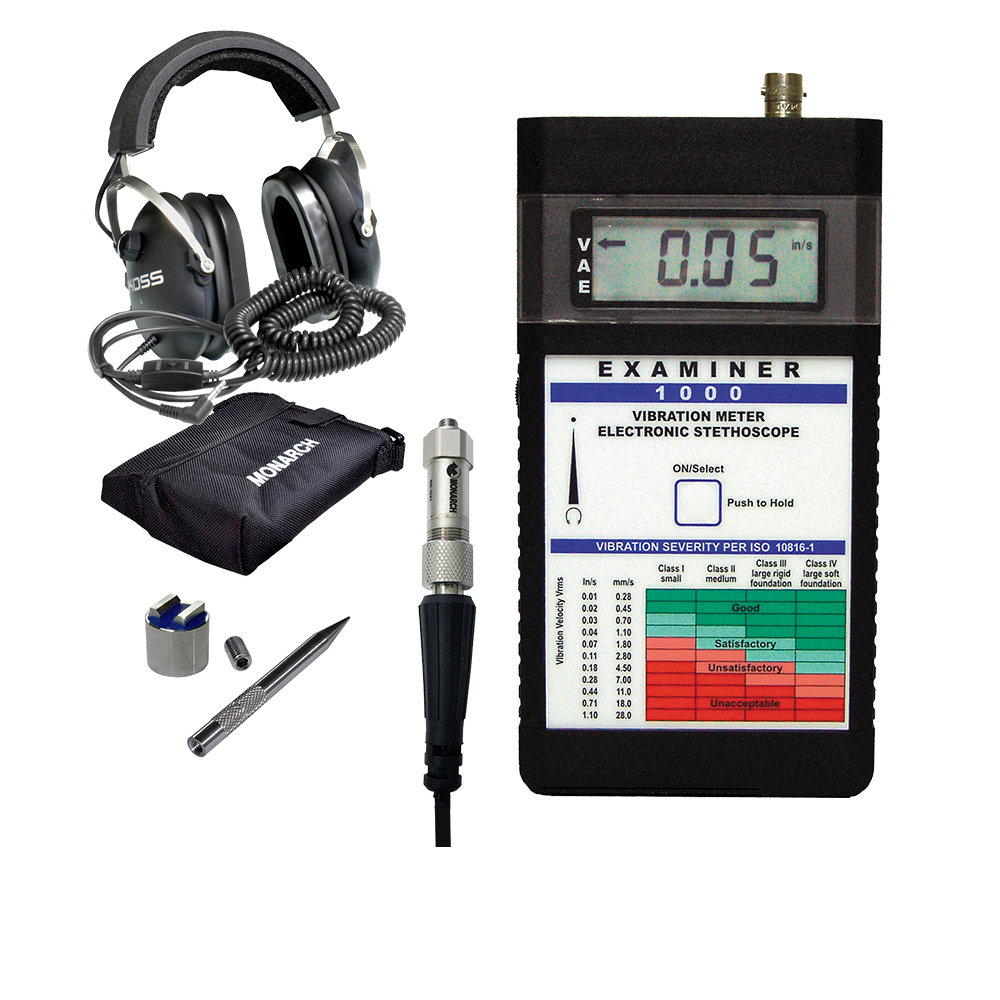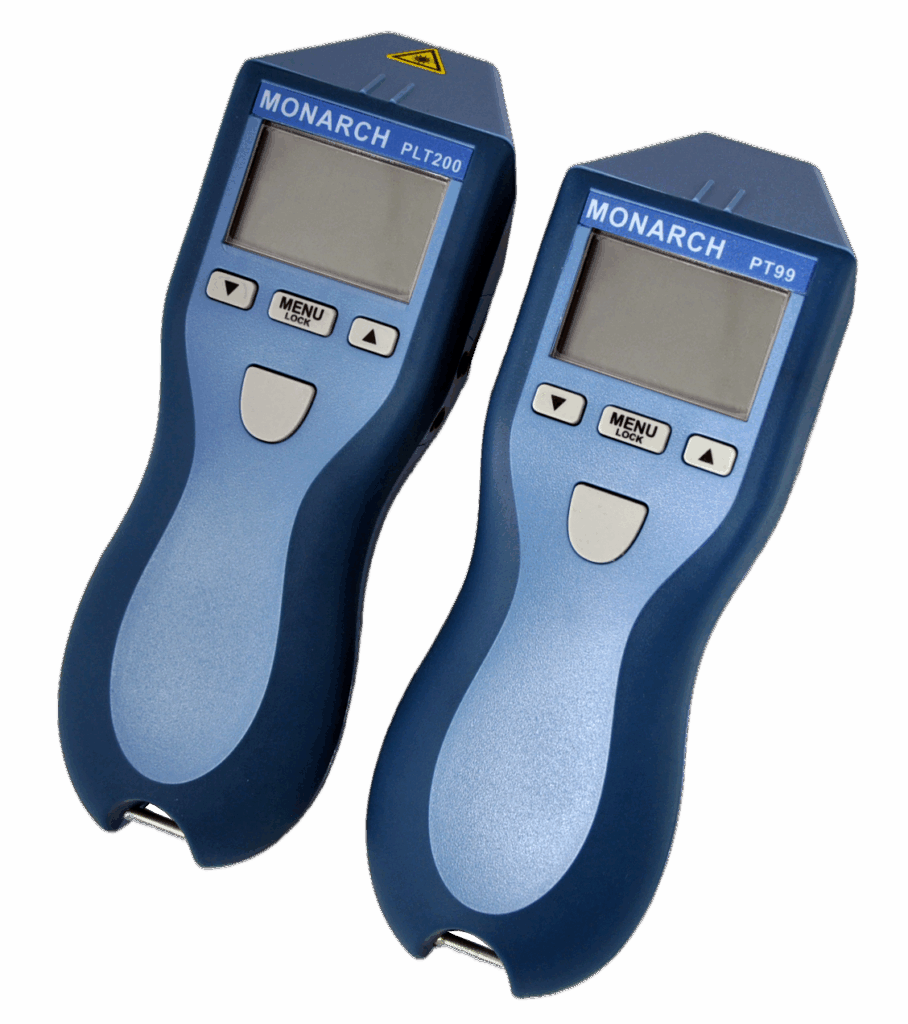Verify Proper Operation of Tachometers and Sensors
5 Most Common Considerations
- Check Batteries
Weak or dead batteries? Are the batteries installed improperly? Install new batteries correctly and try the tachometer again. Sensors must have the correct Vdc power per their instruction manual. - Reflective Tape Target
Tachometers/Sensors must be used with the same T-5 Reflective Tape as originally supplied. The reflective tape must be located on a radial line on the flat end of the shaft or less than 30% of the circumference when located on the side of the rotating shaft to obtain only one pulse per revolution. The infrared (IRS) sensor and Smart Laser Sensor (SLS) models can also be targeted from contrasting colors or bolt heads in certain applications. - On-Target Indicator
The tachometer/sensor must be held steady or mounted so the On-Target Indicator locks on and does not blink on and off while trying to take a measurement. The On-Target Indicator on all handheld tachometers is a bull’s eye circle on the left side of the display. The On-Target Indicator on ROS, IRS and laser sensors is a green LED. - Operating Distance and Angle
The user maybe did not read the instruction manual and tried to operate the tachometer outside of the operating distance range printed in the instruction manual. Tachometers with white light optics operate 30 inches +/- 30 degrees. The red LED optics operates up to 36 inches +/- 45 degrees. The PLT200 Pocket Laser Tachometer operates up to 25 feet and the SLS Smart Laser Sensor to 65 feet from T‐5 Reflective Tape. - Optic Lens Dirty
Clean the plastic lens with water on a damp cloth. NOTE: Tachometers and sensors are not rated waterproof.
How To Verify Operation of Tachometers and Sensors
Press and hold the ON button then view light (Red LED or Laser) at lens end of tachometer/sensor. The light must be visible except on the IRS models. NOTE: Do not shine LED or Laser into your eyes.
Aim tachometer or sensor at a fluorescent light from a distance of at least 3 feet and up to 20 feet away from a 4‐foot lamp. The correct reading must be 7200 ± 2 (60 cps x 60 sec x 2 = 7200). For 50 Hz. the reading will be 6000 ± 2. Tachometer calibration cannot change and there is no internal adjustment possible or necessary with the instrument.
NOTE: New energy efficient lamps will not allow this light test ‐ find an old style fluorescent lamp in the building that will try to read 7200.
How to Verify Correct Operation
- Press and hold ON button then view light (red LED or Laser) at lens end of tachometer/sensor. The light must be visible except on the IRS models. NOTE: Do not shine LED or Laser into your eyes.
- Aim tachometer or sensor at a fluorescent light from a distance of at least 3 feet and up to 20 feet away from a 4‐foot lamp. The correct reading must be 7200 ± 2 (60 cps x 60 sec x 2 = 7200). For 50 Hz the reading will be 6000 ± 2. Tachometer calibration cannot change and there is no internal adjustment possible or necessary with the instrument. NOTE: New energy efficient lamps will not allow this light test ‐ find an old style fluorescent lamp in the building that will try to read 7200.
Summary
When a tachometer/sensor has a visible light output and has passed the fluorescent light calibration check, THERE IS NOTHING WRONG WITH THE TACHOMETER OR SENSOR. We suggest trying a new piece of T-5 Reflective Tape or contrasting color, hold steady and aim from the correct distance to obtain actual RPM.
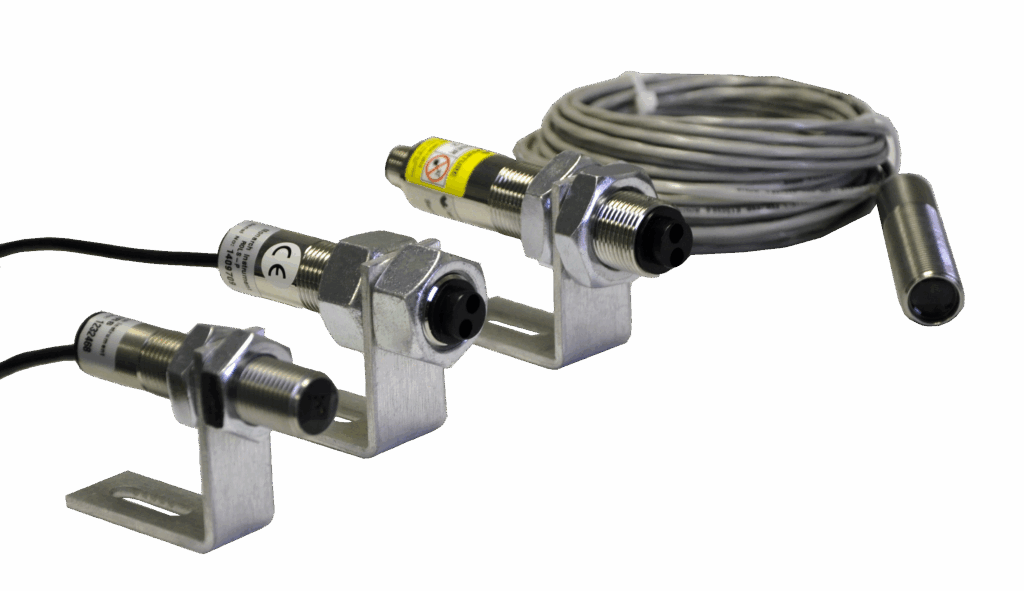
Remote Optical Sensors
Sensors measure process parameters such as rotational speed in industrial automation and process-control applications. These sensors are essential tools for predictive maintenance to make environments safer, more efficient, and ultimately less costly.
For more details, check out Remote Sensors.





